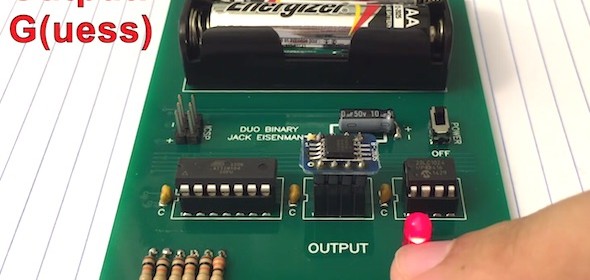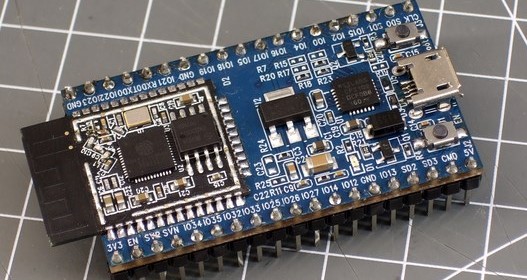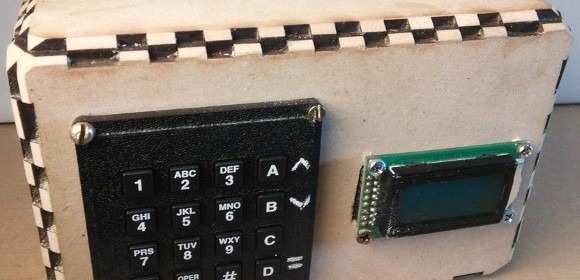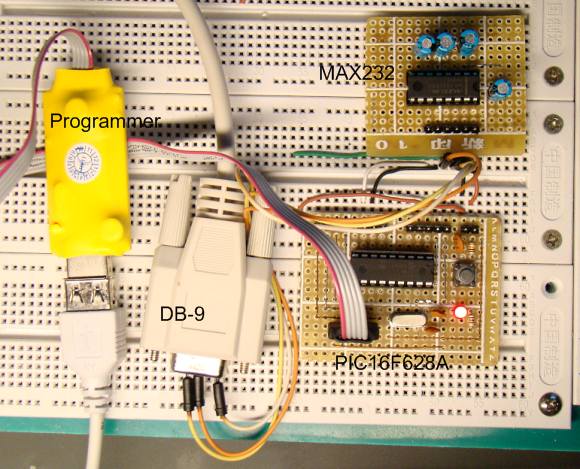ATTiny-based computer with the simplest interface

Designed by Jack Eisenmann, the DUO Binary is an ATTiny84-based computer with a single button for input and a single LED for output. Video demonstration of DUO Binary is posted below. Parts used: Microcontroller: ATTINY84-20PU (x2) 3 pin male header: 69190-403 2 MB flash: SST25VF016B-50-4C-S2AF 128 KB SRAM: 23LC1024-I/P 14 pin IC socket: 4814-3000-CP 8 pin IC socket: 4808-3000-CP (x2) 4 pin female header: 929974-01-04-RK (x2) 4 pin male header: 68000-104HLF SOIC to DIP board: 485-1212 (x3) 0.1 uF capacitor: K104K15X7RF5TL2 Button: B3F-1000 LED: WP7113GD 300 ohm resistor: 291-330-RC (x5) 10K ohm resistor: 291-10K-RC (x1 for microcontroller reset, x1 for
Read more


